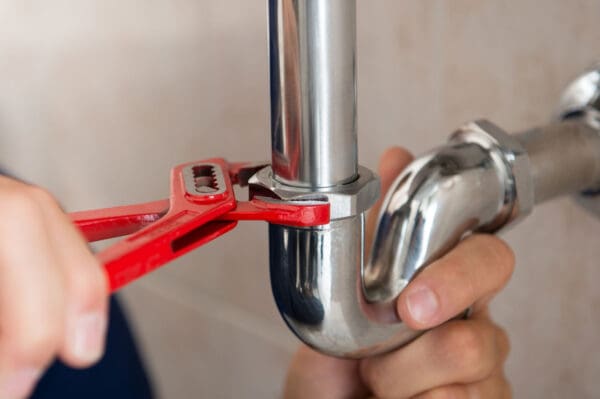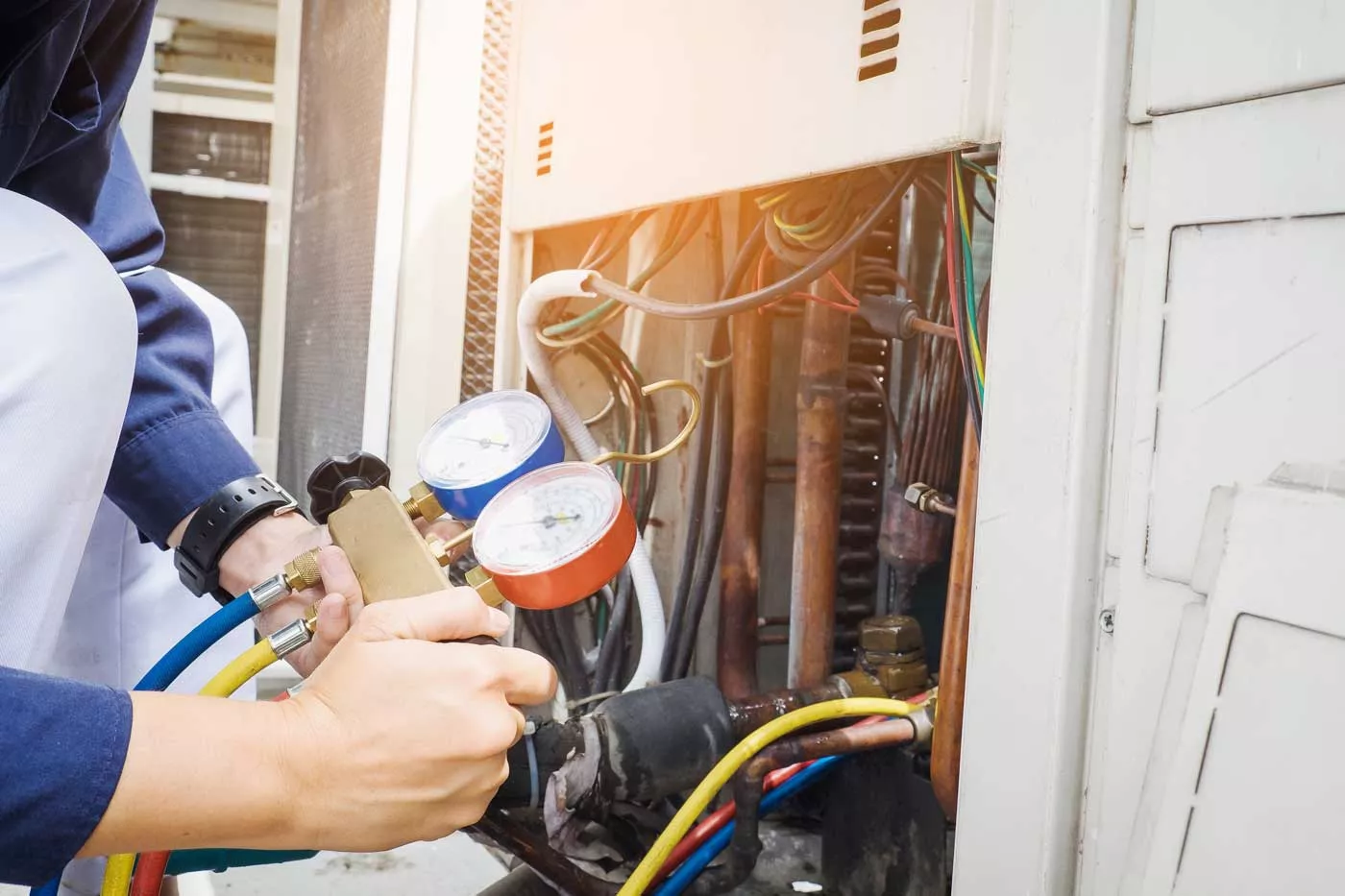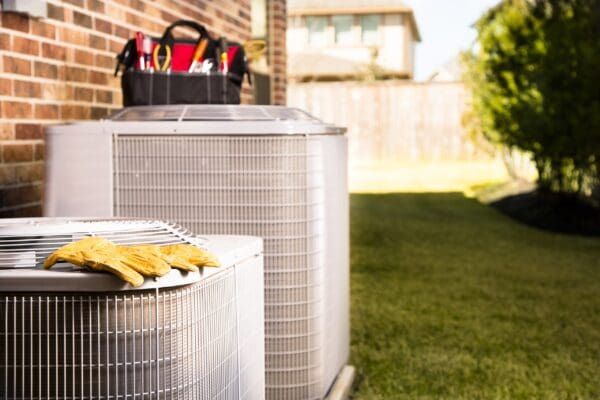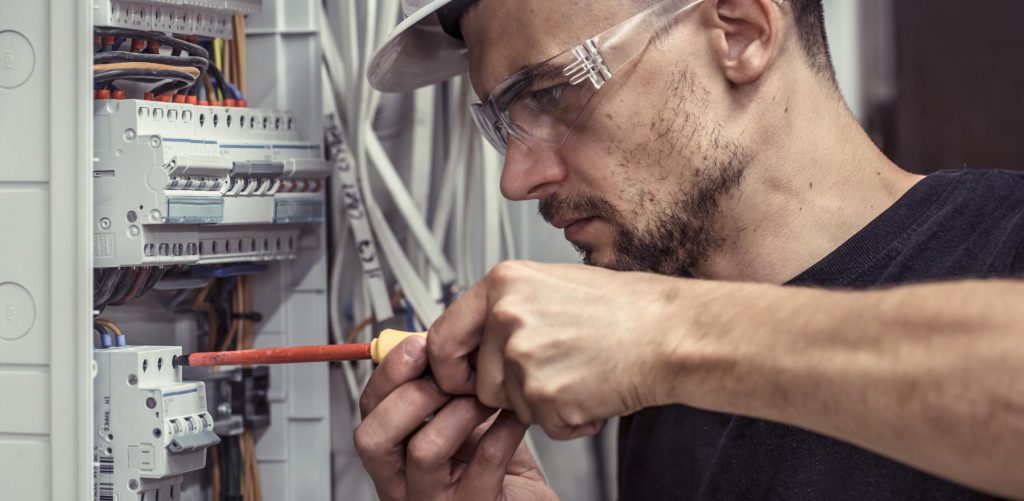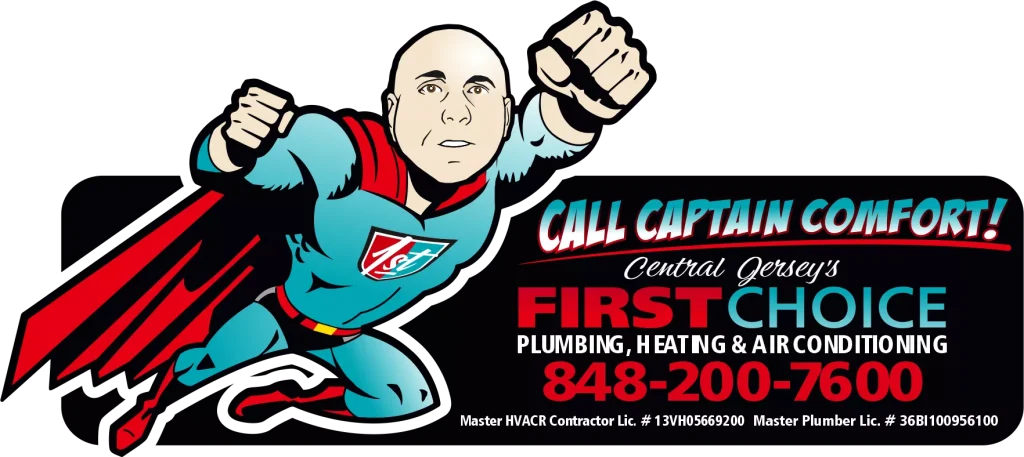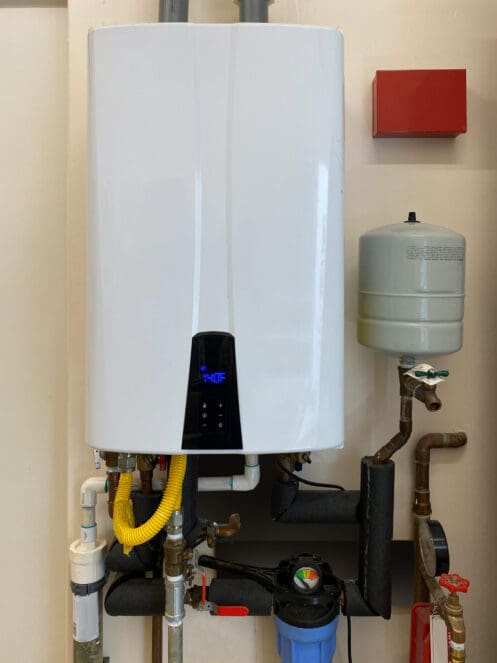
Storage-based water heaters are the traditional way to provide hot water to American homes. In fact, U.S. homeowners have been relying on tank water heaters for over 100 years. The idea of a tankless water heater isn’t exactly new. They’ve been a viable alternative since the 1970s. That said, it would take a couple of more decades before consumers really embraced them. In the 2020s, they’re one of the hottest trends in home improvement. Let’s explore the pros and cons of both options.
Energy Efficiency and Total Cost of Ownership
For many homeowners, choosing between these options comes down to striking a balance between short- and long-term costs. There’s no question that a tank water heater is cheaper. Your home doesn’t require any special preparation. The initial equipment costs are lower, and the installation is easier.
Tankless water heaters provide a better long-term value. Tank water heaters last 10 to 15 years whereas on-demand systems can last between 20 and 30 years. That’s more than enough to cover the additional equipment and conversion costs. Tankless water heaters are cheaper to run as well. Depending on your water usage, you can save from around 10% to 30% on annual operating costs.
Flushing and Anti-Scale Measures
The hardness of your water is a concern for all water heaters. If you have moderate to hard water, it will increase your maintenance responsibilities and costs. Limescale buildup will make your system less efficient and more expensive to run. It will also shorten the lifespan of the water heater to some degree. You’ll typically need to have a plumber flush your system once or twice a year. With a tank water heater, you must also replace the sacrificial anode rod as it fails.
Water hardness is an even bigger concern for tankless systems. It can easily shorten lifespan to 15 years or less. Many plumbers recommend an anti-scale device as a preventative measure for all on-demand systems. You can also opt for a point-of-entry water-softening system for your entire home. In either case, this is an additional cost you’ll need to consider.
Fuel Options
There is a wide range of fuel options that are suitable for both tank and tankless water heaters. Natural gas tank water heaters are the most popular in New Jersey. Homeowners who lack natural gas access should have the option of propane or heating oil or both. Electric water heaters are cheaper to buy and install, but the fuel-burning systems will be less expensive over the life of the equipment.
With an on-demand water heating system, it depends on your hot water demands. Electric units can actually be cheaper for small households without substantial hot water demands. For the average household and larger, a fuel-burning system will be more economical.
All Tankless Water Heaters Require Electricity
Many consumers new to tankless water heaters are unaware that they all require electricity. This is true even of fuel-burning systems, which isn’t always the case for tank systems. It is becoming more prevalent with gas tank water heaters to power the control board and the like. It serves that purpose with gas tankless water heaters as well, but those typically have an electrical ignition system rather than a pilot light. This is notable for the topic we’ll cover in the next section.
Tankless Water Heaters May Require an Electrical Panel Upgrade
While tankless water heaters draw less power than tank water heaters overall, they demand more all at once. They usually require 120 amps and a dedicated 220-240-volt electrical circuit. If you live in an older home with an electrical panel that’s decades old, you may need the panel replaced. Even if you’re in a newer home, you may need your panel upgraded with a new circuit.
Limited vs. Virtually Limitless Hot Water
A big advantage of a tankless water heater is that it provides you with a practically endless supply of hot water. Even if you undersize your system, you’ll likely deal with lower hot water pressure rather than run out. That isn’t the case with a storage-based system. When you empty the tank, there’s no more hot water left. You’ll need to wait for the system to bring the water back up to temperature. You can still get water from the system, but it will be cold to lukewarm rather than hot.
The hot water delay can be a bit longer with tankless systems. There is also the potential for the cold water sandwich effect, which doesn’t exist with tank systems. This is when a burst of cold water interrupts a stream of hot water. In both cases, you can opt for a system with a recirculating pump or small storage tank to overcome the issue.
On-Demand Systems Give You the Option of Affordable Extra Capacity
Many households face the challenge of needing more hot water at various times of the year. Perhaps your children are home from college or you’re hosting family for the holidays. With a traditional water heater, you can opt for a bigger tank. The problem there is that it isn’t a one-time cost. You’ll be paying for that added capacity daily as the system keeps that water hot. That isn’t the case with a tankless system. A higher flow rate will cost you more upfront, but it won’t cost while you aren’t using it.
Tank vs. Tankless: Form Factor
Tankless water heaters have a much smaller installation footprint. You can install them in an attic or a garage where they’ll have little impact on your overall space. Tank water heaters are much larger and often have a closet dedicated to them. There are compact units that our plumbers can install in areas with low clearance. If you prefer a garage installation, there are tall units that reduce the practical footprint by taking advantage of the clearance.
Sizing Your Tank Water Heater
Sizing a traditional water heater is a matter of choosing how many gallons of hot water the tank holds. A typical size is 40 to 50 gallons. There are 75- and 100-gallon tanks for larger homes. There are also tanks as small as 10 gallons for smaller households. We’ll often size the tank based on the number of people in the household. You may also want to account for appliances you’d like to run while showering and the like. It’s all about choosing a tank size that meets your peak demand.
Sizing Your Tankless Water Heater
Sizing a tankless water heater comes down to choosing the flow rate in gallons per minute (GPM). You need to meet peak demand here as well, but the emphasis is the GPM each fixture and appliance needs. A typical flow rate is 5 GPM. There are systems as low as 2 GPM and as high as 11 GPM. Groundwater temperature matters, too. If it’s cold in your area, we’ll need to adjust the GPM up.
Your Local Water Heater Experts in Metuchen
First Choice Plumbing, Heating, Air Conditioning & Electrical has served Metuchen and the surrounding areas for over 20 years. Our plumbers install both tank and tankless water heaters and handle conversions, including to natural gas. We pipe and repipe water, sewer and gas lines. Our team performs sewer and fixture repairs. We also specialize in sump pumps, garbage disposals and water treatment systems. Our NATE-certified HVAC technicians install and service furnaces, boilers, heat pumps, air conditioners and ductless mini-split systems. We also have an indoor quality team that installs ventilation systems, air purifiers, dehumidifiers and humidifiers. Schedule your appointment online or by phone, or call us with any questions.

